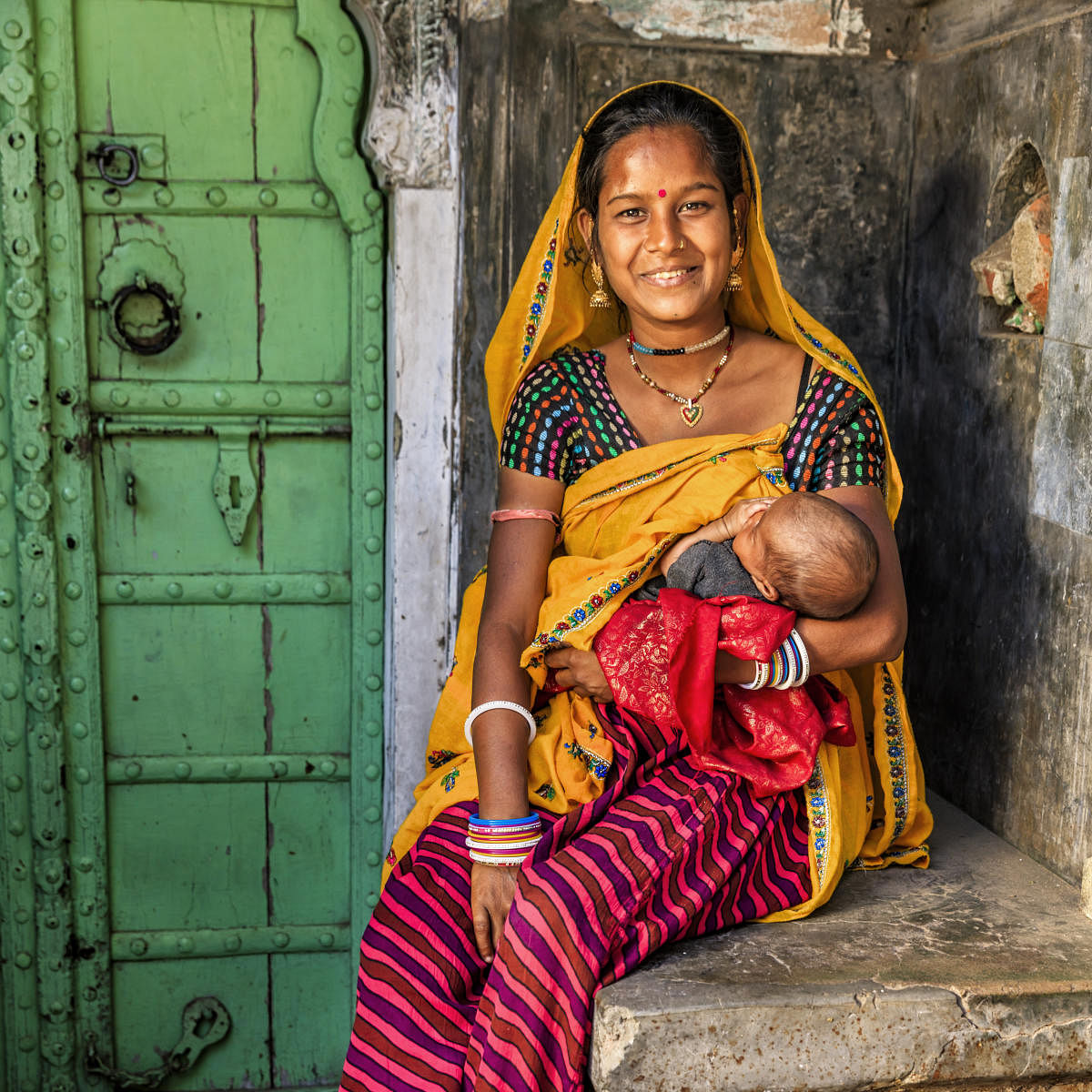
The improvement in average life expectancy at birth for the country for the period 2014-18, as shown by the Sample Registration System, was expected – there was steady progress in this over the past decades. According to the latest figures, life expectancy is 69.4 years, which marks an increase of 0.4 years from 2013-17. Big strides have been made in life expectancy in the past, with an increase of about 20 years from 49.7 during the 1970-75 period. But the last decade did not see an advancement of the same pace as in previous years. This may be because the factors that influence longevity have suffered a setback. The pace of economic development has slowed down in recent years and the public health facilities which have a crucial role in maintaining and improving life expectancy have not grown to the extent needed. Other factors like the growth in inequality may also have had an impact.
The correlation between life expectancy and economic and social factors and circumstances is important. One notable feature is the longer life expectancy of women, who live for 70.7 years while males can expect to live for 68.2 years. Women have lived longer than men since 1981-85, but this trend is not uniform across the country. There are wide disparities between states in life expectancy of both males and females. People in Delhi, Kerala, Jammu & Kashmir, Himachal Pradesh, Punjab, Maharashtra and Tamil Nadu, where there is no extreme poverty, live longer than the national average. But in poorer states like Chhattisgarh, UP, MP, Assam, Rajasthan, Bihar and Jharkhand it is below the national average. A male in a Chhattisgarh village has a life expectancy of 63 years while that of an urban female in Himachal Pradesh is around 81 years. The highest life expectancy for males is in Delhi (73.8 years), and the highest for females is in Kerala (77.9 years).
The figures show that there is much more to be done to ensure better health and longevity of people. Infant mortality and maternal mortality rates are important factors. While Kerala’s infant mortality rate is seven per 1,000 live births, it is 48 in MP and 43 in UP. Apart from addressing issues like poverty, social and educational backwardness and inadequacy of health facilities all over the country, special attention should be paid to reducing the disparities among states and social and economic groups. The country has lagged in all these areas. China reached India’s life expectancy levels in the 1990s and Nepal and Bangladesh, which were behind India, have gone ahead of us. While the improvement in life expectancy is welcome, it is also reminder of the need for greater efforts.